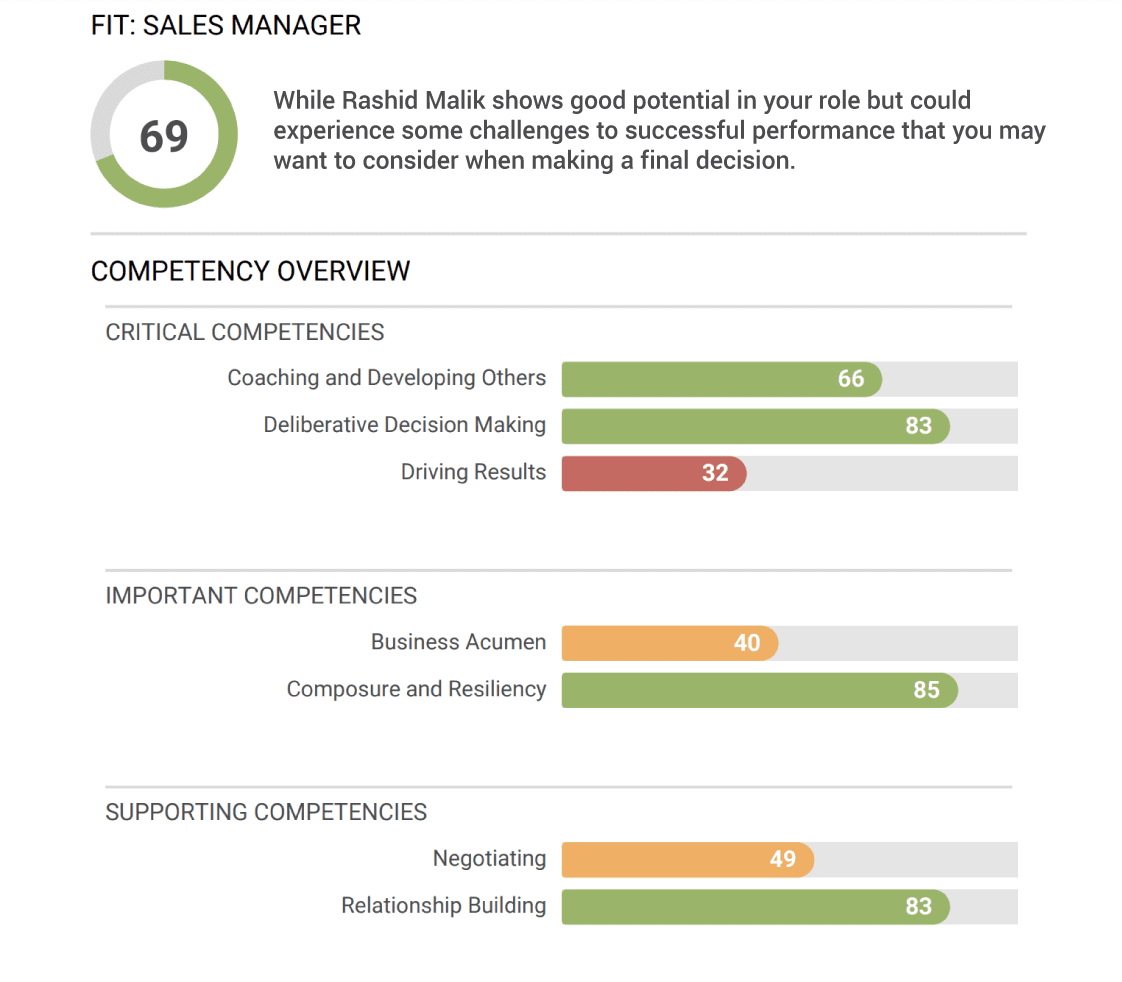


Individuals who show potential to display a Job Model’s key competencies are well positioned to excel in any role represented by that model.įor specific details about each of Caliper’s job models, click here. This set of relevant competencies for a job type is called a Job Model. For each of these common job types, we identify a set of 5-9 competencies that are key to success for that type of job. Links current issue to knowledge gained from a different situation in order to solve a problemĬlick here for a complete guide to Caliper’s Competencies.Ĭaliper’s approach to job modeling starts with identifying commonalities across jobs with similar tasks and objectives.Analyzes both successes and failures to find applicable lessons.Demonstrates an openness to learning new things.Learns quickly when faced with new challenges and situations.Competency scores are based on a combination of trait scores that contribute to success in that competency. Caliper’s Competency Library is a comprehensive list of job competencies that shape success throughout the world of work. While behaviors can be readily observed in the moment, it often takes a variety of successful behaviors over time to display a competency effectively. Combining a person’s traits in this way allows for far more nuanced predictions of how a person might act in a work situation.Įxample: Behavior: Demonstrates an openness to learning new thingsĬontributing Traits: Flexibility, Openness, Abstract ReasoningĪre you interested in learning more about how traits influence our behavior scores? Become Caliper Certified for a complete list of contributing traits for Caliper’s behaviors.Ĭompetency scores predict how one will perform in the critical outcome areas for their role.

Each of Caliper’s behavior scores are driven by a validated combination of traits that have been scientifically shown to predict that behavior. The behavior scores Caliper provides are designed to aid you in understanding how traits play out in combination. Unlike traits, which represent motivations beneath the surface, behaviors are visible to others. Traits are isolated motivations that always combine to shape our behavior.īehavior scores predict an individual’s likeliness to display certain actions or tendencies on the job. Never make an interpretation or assumption from a single trait. Each trait can be a disadvantage or a strength, depending on the responsibilities at hand. A typical individual will have a variety of high and low trait scores. An individual will not score highly on all traits, nor should this be expected. (More about norming) For example, a trait score of 50% would indicate an average, or normal, degree of motivation. These traits are invisible to others, but they act in combination with each other to shape our attitudes and actions at work.Įach trait is scored as a percentile representing a person’s degree of motivation relative to others in their country of employment. With the exception of Abstract Reasoning, traits should be thought of as motivations or natural tendencies rather than abilities. Everyone has their own unique balance of these motivations and qualities. The Caliper Profile measures 21 unique personality traits and 1 type of cognitive ability (Abstract Reasoning). A relevant set of competencies can then be used to predict success in a particular job model. Those behaviors act in unison to shape our competencies. These traits are considered together to predict workplace behavior. The individual traits measured by the Caliper Profile are the cogs and gears that drive all Caliper Scoring.


 0 kommentar(er)
0 kommentar(er)
